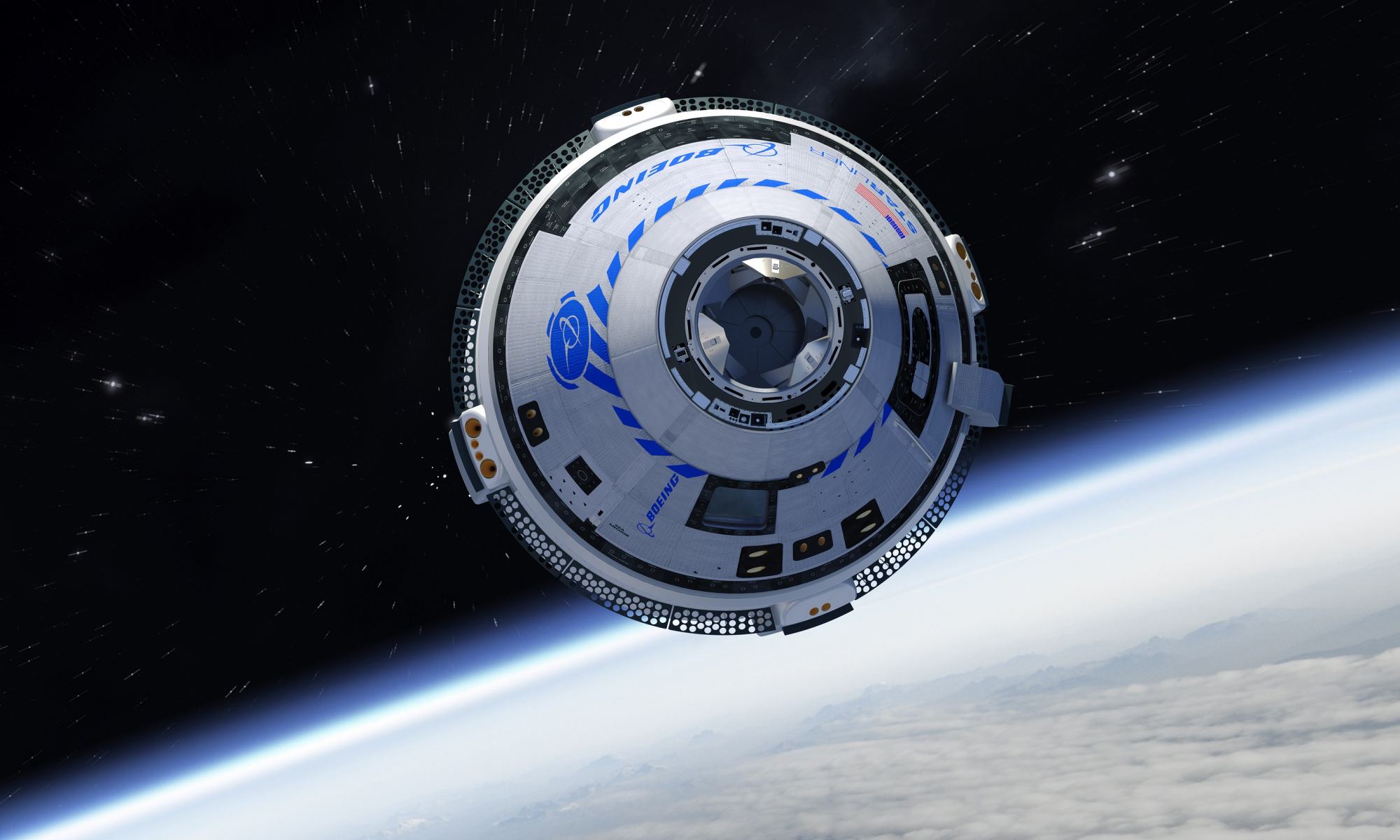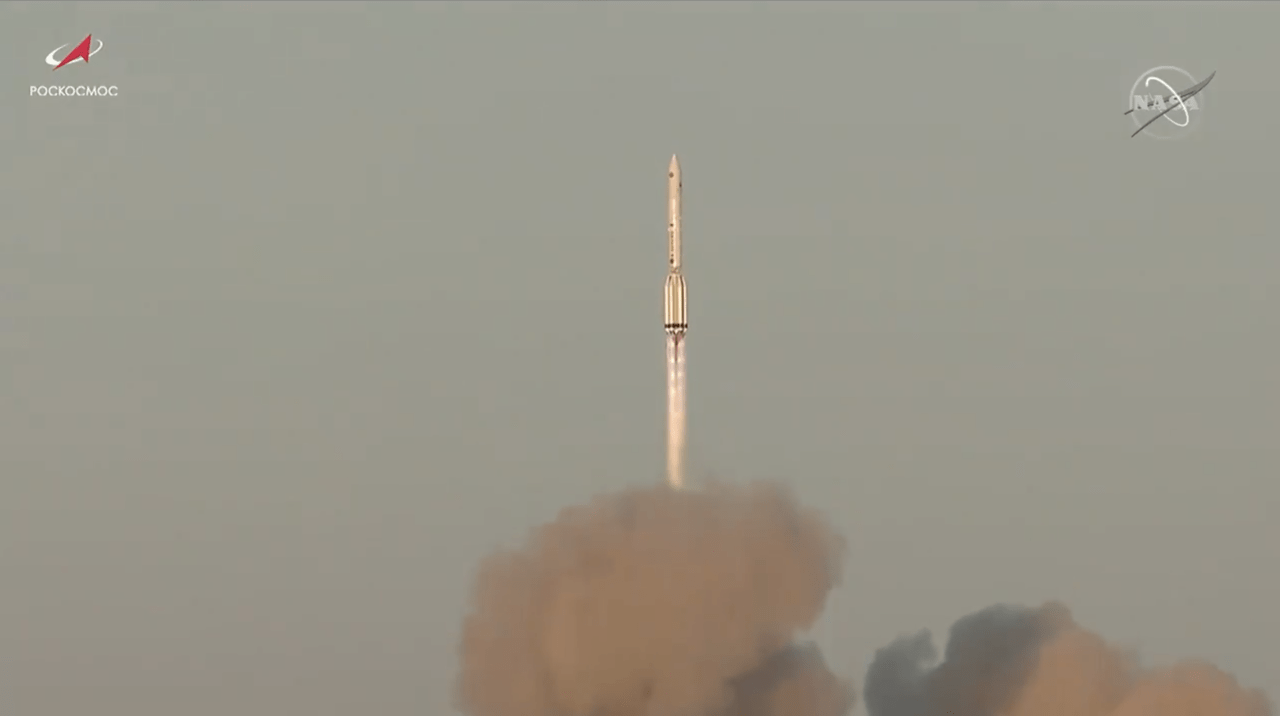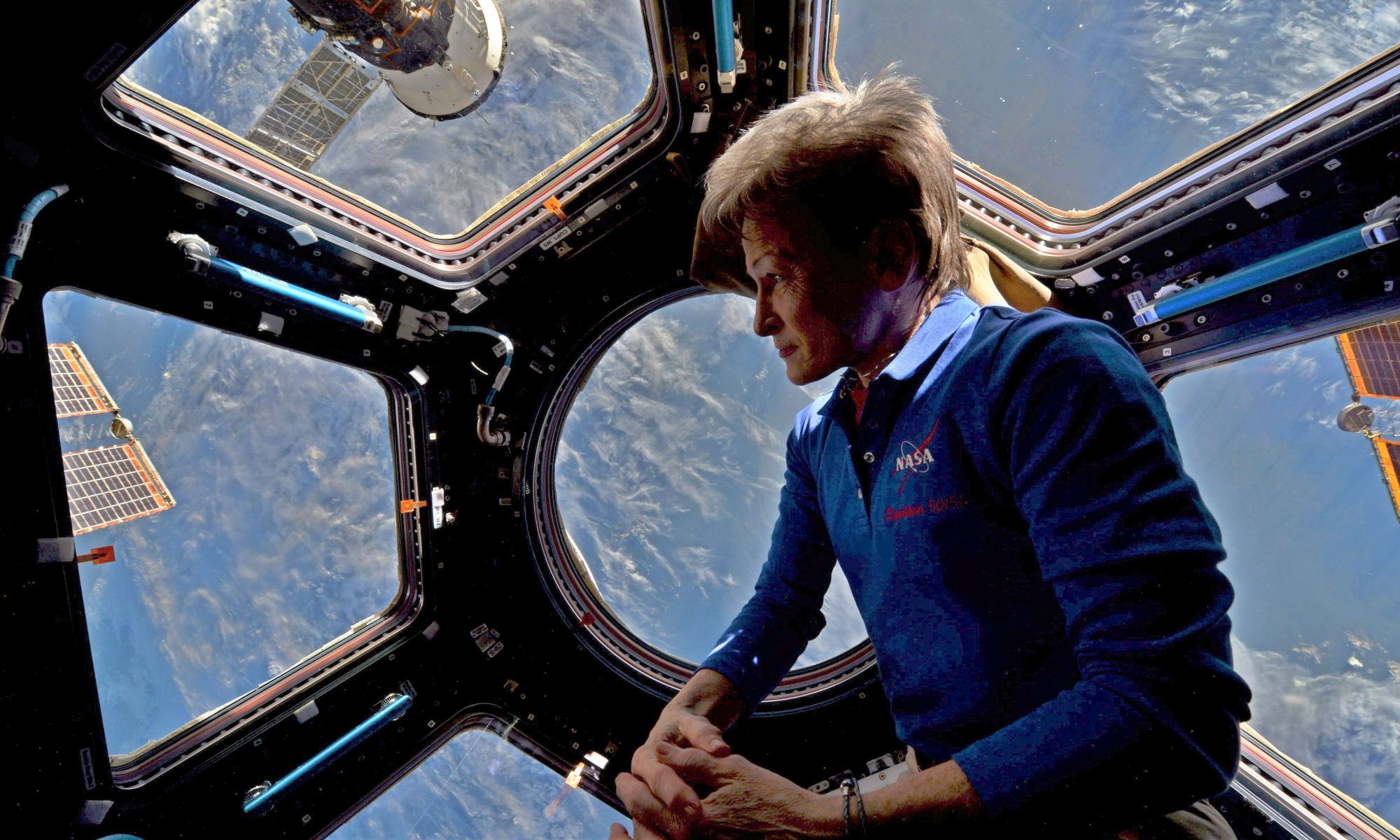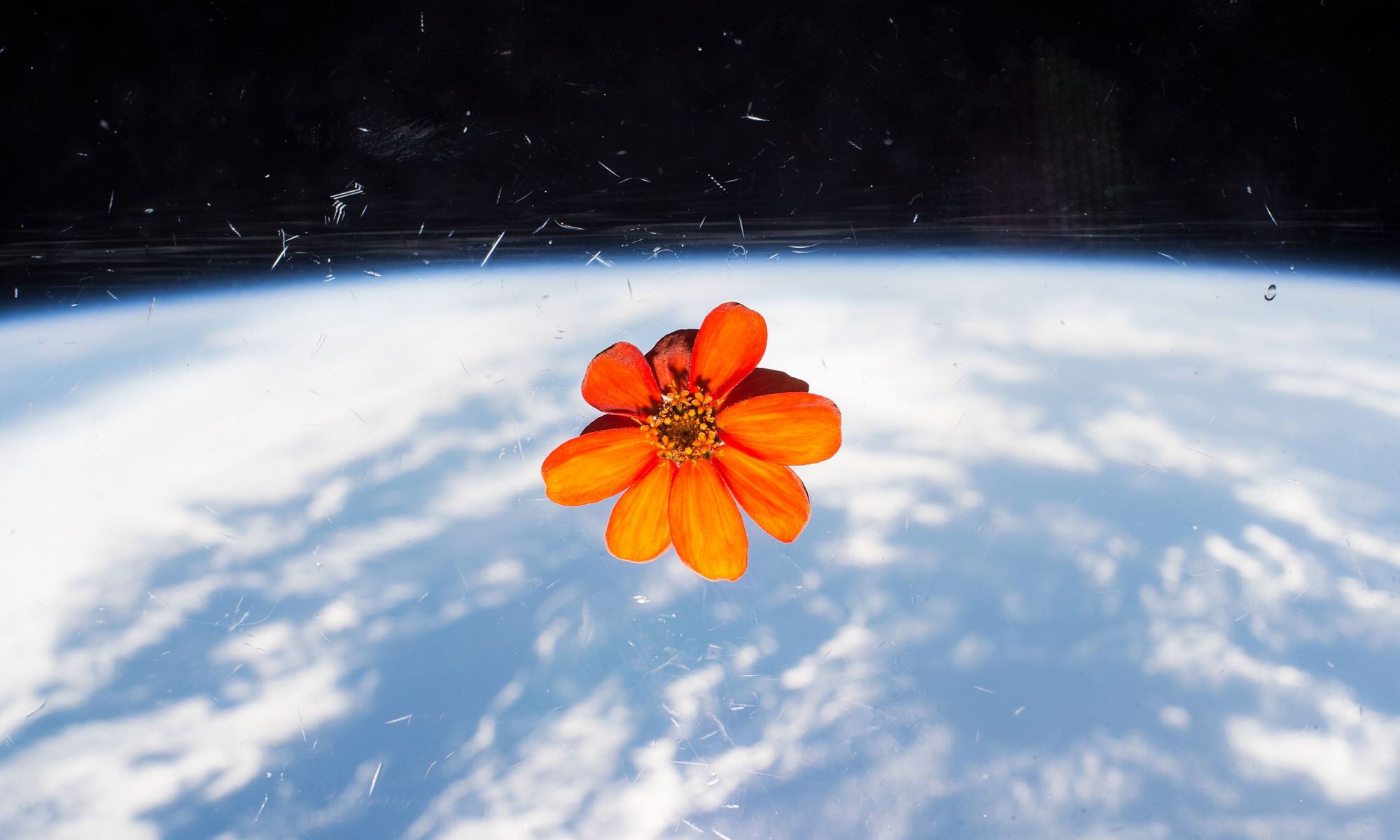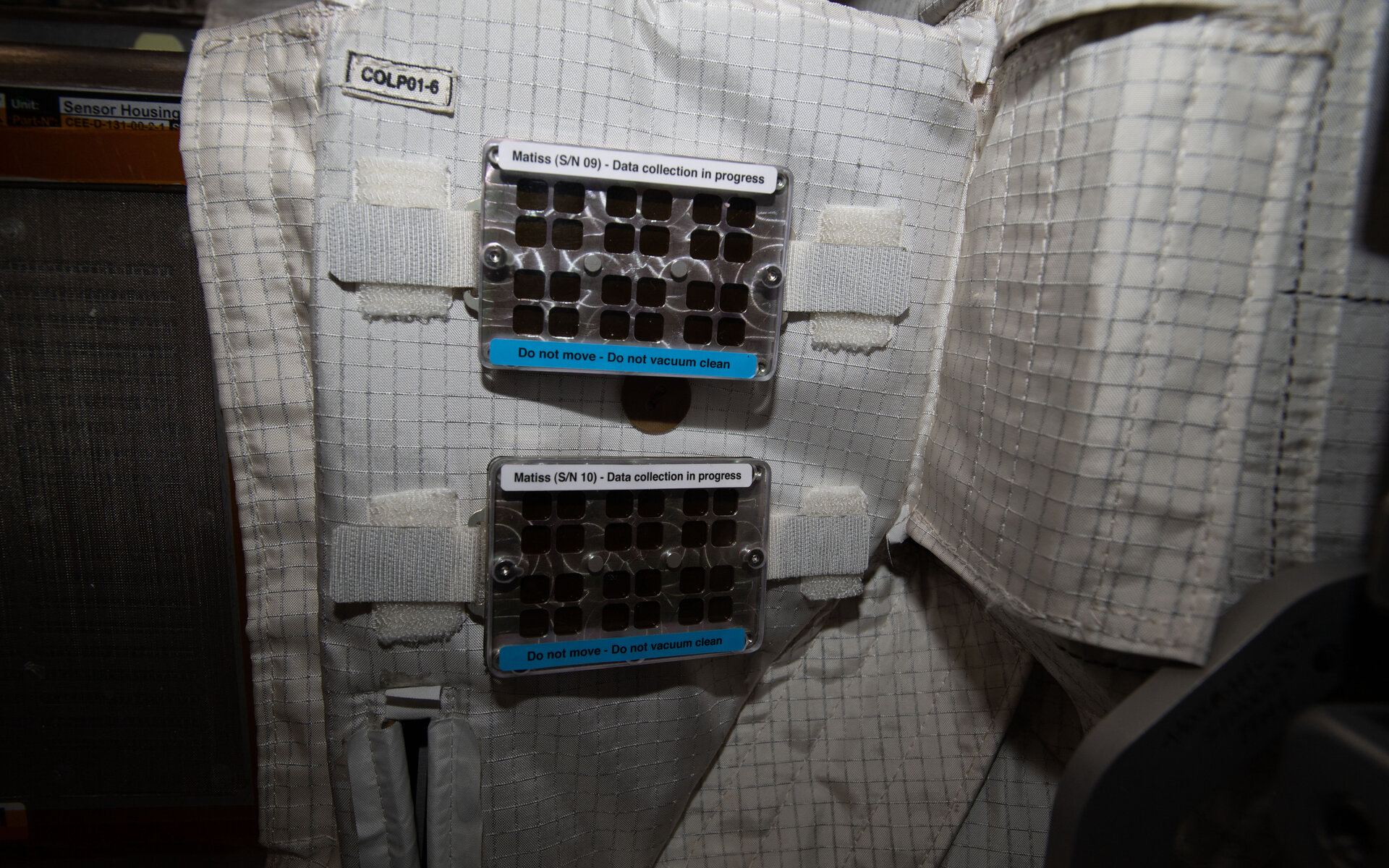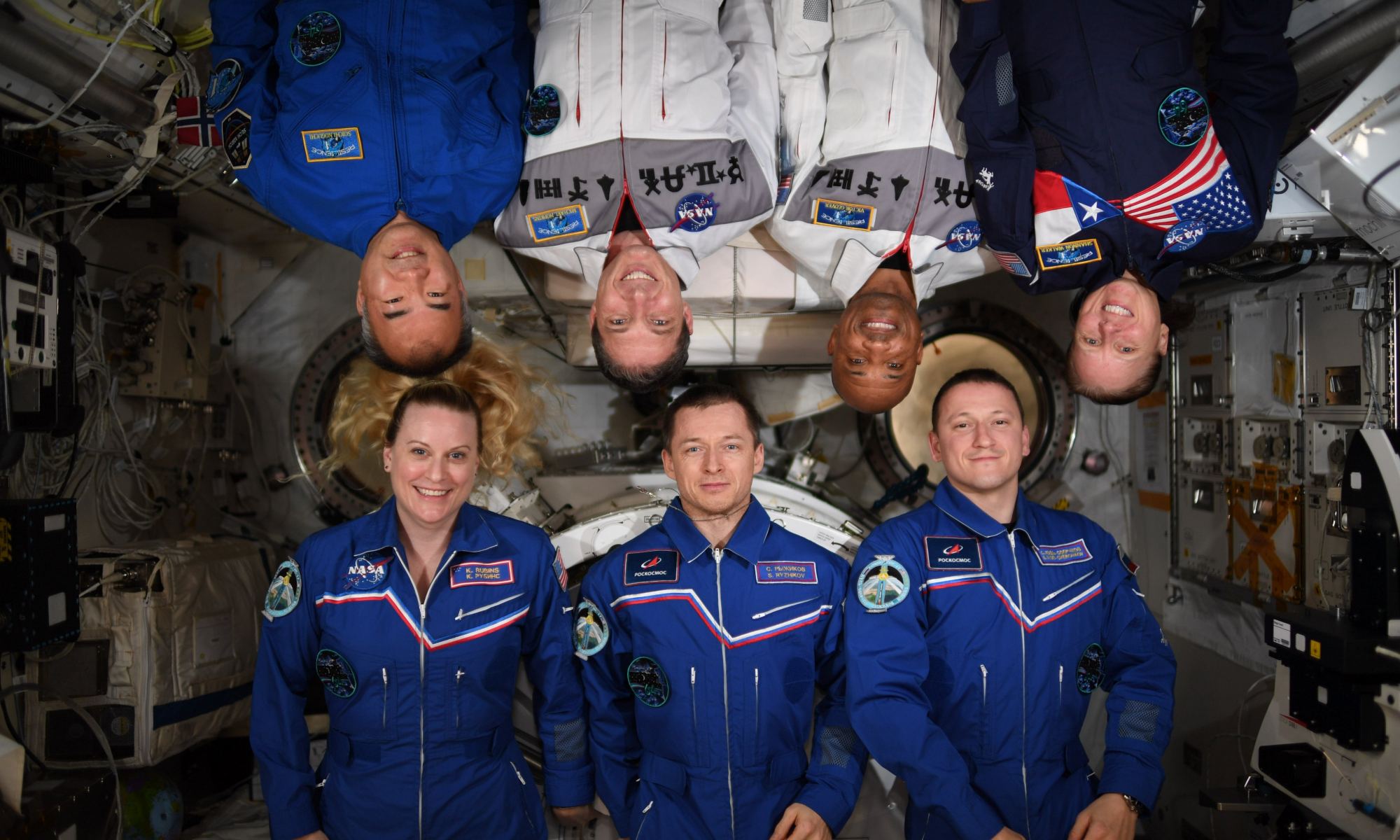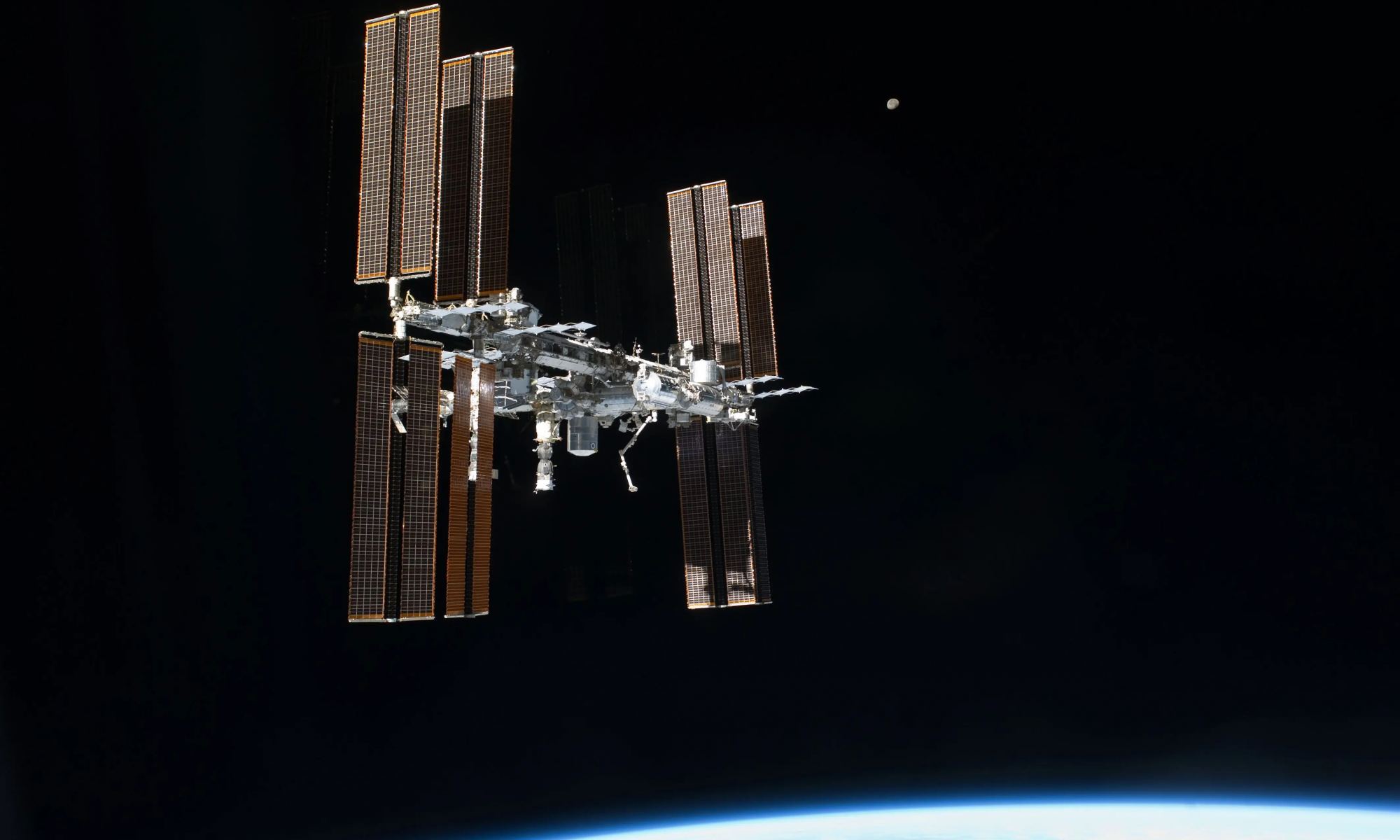Four astronauts splashed down safely in the Gulf of Mexico aboard their SpaceX Crew Dragon Endeavour capsule, despite one of the parachutes not deploying immediately. Their spectacular return in darkness from the International Space Station capped off the record-setting mission for the SpaceX Crew-2, with the longest spaceflight by a U.S. crewed spacecraft. Their 199 days in orbit surpassed the 168 days set by NASA’s SpaceX Crew-1 mission earlier this year.
Continue reading “Crew-2 Safely Returns from ISS — without a working toilet”Crew-2 Safely Returns from ISS — without a working toilet


